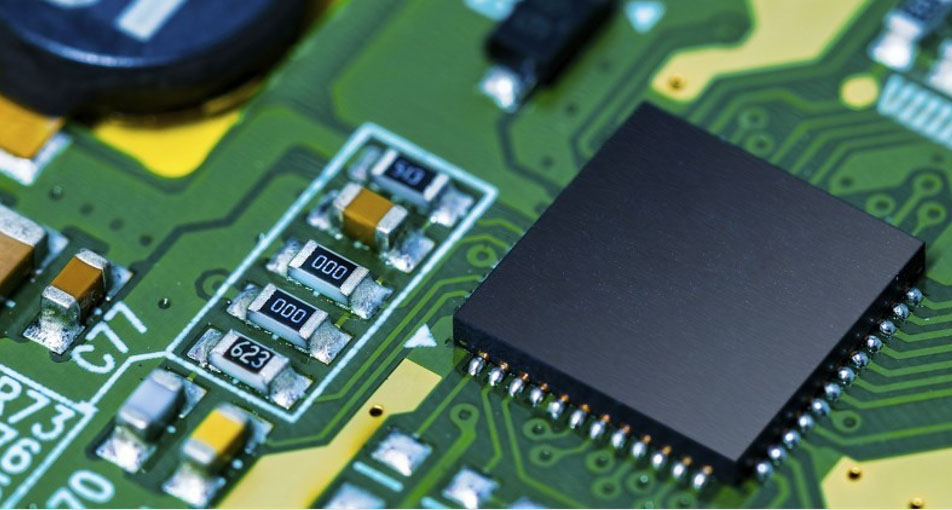- English
- Español
- Português
- русский
- Français
- 日本語
- Deutsch
- tiếng Việt
- Italiano
- Nederlands
- ภาษาไทย
- Polski
- 한국어
- Svenska
- magyar
- Malay
- বাংলা ভাষার
- Dansk
- Suomi
- हिन्दी
- Pilipino
- Türkçe
- Gaeilge
- العربية
- Indonesia
- Norsk
- تمل
- český
- ελληνικά
- український
- Javanese
- فارسی
- தமிழ்
- తెలుగు
- नेपाली
- Burmese
- български
- ລາວ
- Latine
- Қазақша
- Euskal
- Azərbaycan
- Slovenský jazyk
- Македонски
- Lietuvos
- Eesti Keel
- Română
- Slovenski
- मराठी
- Srpski језик
High Reliability PCBA Design: Requirements for Aerospace and Medical Equipment
2024-06-03
In the fields of aerospace and medical equipment, high-reliability PCBA design is crucial because products in these fields require extremely high stability, reliability, and safety. Here are some requirements and considerations for high-reliability PCBA design in these two areas:

1. Temperature range and environmental requirements:
In the aerospace field, PCBA may operate under extreme temperature and environmental conditions, such as high altitude, low temperature, high temperature and high radiation environment. Therefore, the PCBA must be designed to withstand these conditions.
In the field of medical devices, PCBA may be exposed to different clinical environments, including high humidity, corrosive liquids, and highly sterile environments. Therefore, PCBA requires corresponding protective measures.
2. Selection of high-reliability components:
It is important to choose electronic components with high reliability and long life. This may include industrial or military grade components.
Use high-quality, reliable connectors, capacitors, inductors and other components to reduce the risk of component failure.
3. Power supply and backup:
Provide stable and redundant power supply during PCBA design to ensure that the system can still operate normally in the event of power failure.
Use backup power and batteries in critical systems to maintain continuous operations.
4. Signal integrity and EMI suppression:
Ensure signal integrity to avoid electromagnetic interference (EMI) and radioactive interference (RFI).
Use shielding and filters during PCBA design to reduce electromagnetic interference.
5. Wiring harness and layout design:
Carry out carefully planned wire harness PCBA design to reduce the risk of circuit noise, cross-talk and failure.
Avoid cross-talk between high-current paths and low-current paths.
6. Maintainability and traceability:
Design the PCBA for easy maintenance and troubleshooting, including labeling components and providing wiring diagrams and troubleshooting tools.
Traceability is required so that if a problem occurs it can be traced back to the specific PCBA lot and component.
7. System testing and verification:
Conduct rigorous system-level testing and verification, including functional testing, temperature testing, vibration testing, and EMI/RFI testing, to ensure PCBA reliability under actual usage conditions.
8. Regulations and Compliance:
Comply with applicable regulations and standards for PCBA design, including those in the aerospace and medical device industries.
9. Failure tolerance and backup:
Consider fault tolerance in system design so that basic functionality is still provided in the event of a failure.
Provide backup circuits and backup systems to ensure system continuity.
In the fields of aerospace and medical equipment, high-reliability PCBA design is not only related to product performance, but also to people's lives and safety. Therefore, sufficient time and resources need to be invested to ensure that PCBAs are designed, manufactured and tested to the highest standards.
-
Delivery Service






-
Payment Options









